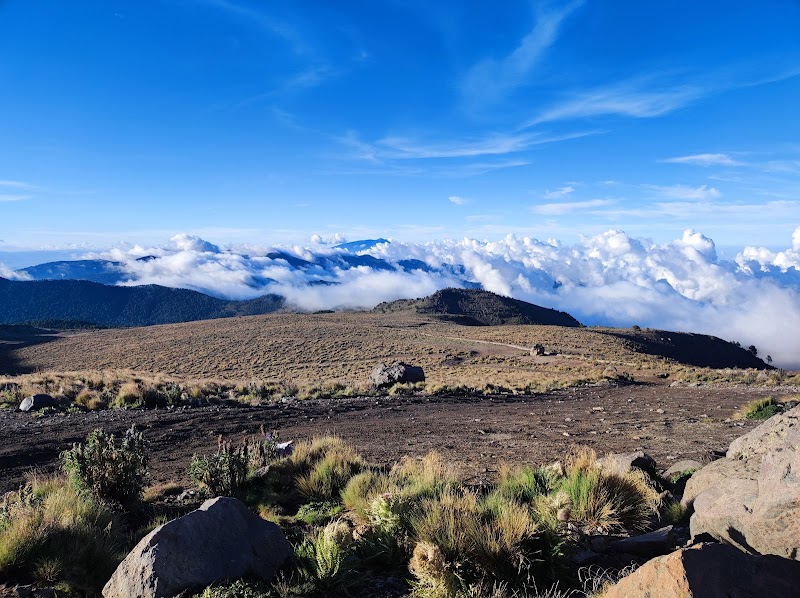
Tehuacán-Cuicatlán Biosphere Reserve Adventures
The Tehuacán-Cuicatlán Biosphere Reserve is renowned for its unique arid ecosystems and rich biodiversity, making it a haven for outdoor enthusiasts and researchers alike.
About Tehuacán-Cuicatlán Biosphere Reserve

Spanning over two Mexican states, the Tehuacán-Cuicatlán Biosphere Reserve covers one of the most biologically diverse regions in North America. The area is characterized by impressive landscapes ranging from cacti-dominated deserts to tropical forests, with hundreds of plant species endemic to this reserve. Archaeological sites also dot the landscape, revealing a rich cultural history that spans thousands of years, including key influences from pre-Hispanic civilizations. The reserve presents various outdoor recreation opportunities such as hiking, birdwatching, and exploring ancient ruins, drawing nature lovers and history buffs. Significant conservation efforts are in place to protect its plethora of plant and animal species, some of which are under threat. Visitors can explore its diverse geology and ecology, and appreciate the reserve's commitment to sustainable tourism and community involvement.
Highlights
Hierve el Agua – Natural mineral springs and petrified waterfalls.
Valle de las Cactáceas – A landscape dominated by towering cacti.
San Francisco Caxonos – Ancient rock art and archaeological sites.
El Sabino Chapel – Historic chapel with cultural significance.
Notable Natural Features
Hierve el Agua
Fascinating petrified waterfalls created by mineral-rich water.
Coxcatlán Cave
An important archaeological site providing evidence of early agricultural practices.
Tehuacán Valley
Known for its wealth of endemic plant species, primarily cacti.
